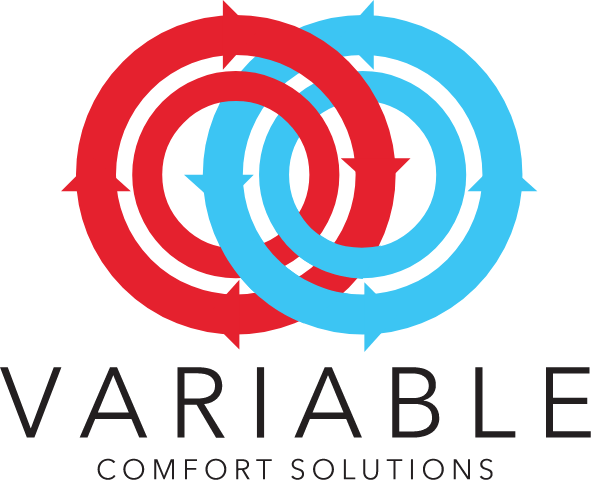Whether you need to replace your central air system or you’ve recently moved into a home without AC, deciding which system best suits your needs can be challenging. That’s because there is an overwhelming number of options on the market today, each with its own distinct advantages.
Here, we break down the most common systems, along with several points of consideration.
Central Air System
How it works: You have two main units that power your air system, and one is inside your home while the other is outside. The unit in your home collects warm air from the ventilation system and cools it with a refrigerant. During this process, the refrigerant changes from liquid to gas as it collects heat from the air, and the cooled air then circulates throughout your home via ducts.
The unit outside your home uses fans to remove the heat from the refrigerant and allows the refrigerant to change back into a gas. From that point, the cycle continues as long as your central air conditioner is running. You control the temperature in your home with a thermostat.
Pros and cons: Central air conditioners are the most common AC appliances, and provide powerful cooling comfort. However, cooling your entire home requires a lot of electricity. Also, you’ll need to ensure that your ducts are cleaned on occasion, insulated and sealed to ensure optimal performance.
Ductless Mini-Split Air Conditioner
How it works: These air conditioners operate with a condensing unit outside connected to several smaller indoor air handlers that deliver targeted comfort.
The mini-split air conditioner does not require ducts throughout your home.
Pros and cons: Since central air conditioners lose energy through the ductwork, a ductless system saves you money on your power bill each month. They also give you the option to cool only the rooms you use the most. You can control the temperature of each room individually and turn off units when you don’t need them, saving you even more money. Ductless units are pricier than a conventional central air system.
Heat Pump
How it works: In most cases, a heat pump works the same as a central air conditioner. It takes heat from your home and transfers it outside, leaving only cool air inside for your comfort and enjoyment.
Pros and cons: The biggest advantage of a heat pump is that it serves as both an air conditioner and heater. During winter, rather than heating the air inside your home, a heat pump can absorb heat from cold air and pump it inside your home. It also saves you money on your heating bill by using less energy than standard heaters. Heat pumps, however, tend to cost more than a conventional HVAC system.
SEER Ratings
All modern air conditioners now come with a SEER rating. That’s the seasonal energy efficiency ratio. In simple terms, a SEER rating tells you how much energy it takes to power an air conditioner. Many states have environmental protection laws in place that require all air conditioners to have a SEER rating of at least 14. If you want the most energy-efficient air conditioner on the market, look for a SEER rating of 21.
Increasing Energy Efficiency
When you consider that homeowners spent $29 billion per year on air conditioning, it makes sense to take additional steps to lower your energy bill. First, make sure your doors and windows have no cracks that could allow your air to escape from your home. If you have a crawlspace, you should seal or encapsulate it to stop hot air from getting inside. Getting new insulation for your home costs money now but saves you much more in the long run.
Bottom line: Variable Comfort Solutions is here to help. If you still have trouble deciding what air conditioner makes sense for you and your home, let us guide you in the right direction. We stand behind our products and put our customers before profits, and the difference shows in the work we perform. We treat you like family and ensure that your air conditioner is right for you and your budget. If you would like to learn more about us and how we can help, contact us right away at 304-443-9255.

